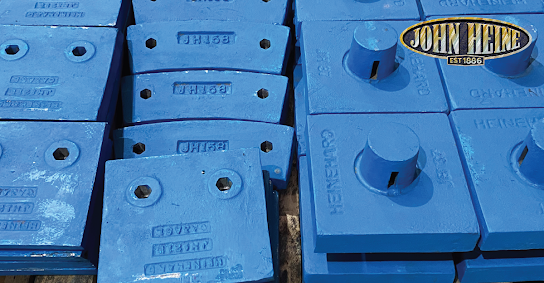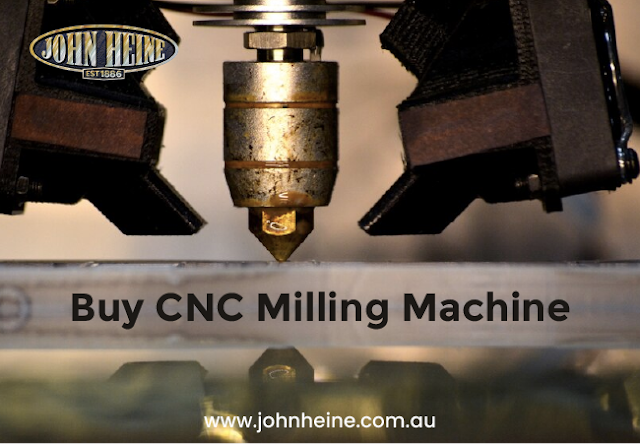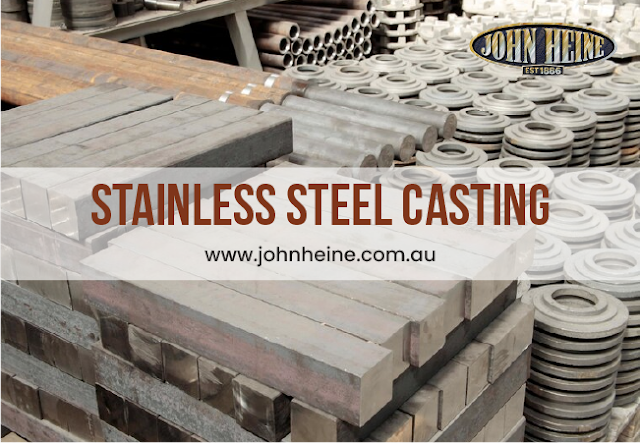A Complete Guide to Heat Treatment Procedures
Heat treatment is a crucial procedure in Foundry shops that involves heating and cooling of metals to improve their properties, performance, and strength. The heat treatment method is applicable in many different industries, including automotive, aerospace, construction, agriculture, mining, and other consumer goods industries. The heat treatment in Sydney, Australia, helps improve the properties of materials, especially steel and cast iron.
The Basis of Heat Treatment Method
Heat treatment is a crucial method usually adopted by foundries to manufacture desired tools by treating them under complex thermal boundary conditions and wide temperature ranges. As mentioned, this treatment procedure help improve the quality of a product in terms of mechanical properties, residual stress, and dimensional accuracy.
The heat treatment method incorporates controlled heating, soaking and cooling steps. In this procedure, the material is heated up to the range of 2400 °F to 1316 °C and soaked up to the specific temperature for a certain amount of time (varying from a few minutes to more than 60 hours). The last step is cooling, in which material is cooled at room temperature or can be quenched (using brine, oils, or gases).
Types of Heat Treatment
There are a wide variety of heat-treating processes adopted based upon desired outcomes and metal type. Let’s understand the critical process.
Hardening
In this method, the metal is heated up to a certain temperature to form a solution, followed by cooling. The obtained metal solution is air-cooled rapidly, and this process is called quenching and applied to cast iron and high-alloy steels.
Tempering
It is the same as the previous hardening process, but in this process, the metal is heated up to a temperature below the critical point, followed by cooling at a suitable rate. This method is appropriate to increase the ductility and toughness of the product. This method lowers the internal stress and brittleness of metals.
Normalising
This method is specially opted to reduce hardness and enhance the flexibility of the metal. In this process, the alloy or metal is heated up to a temperature above 150-200°F. The temperature is held for a long to get the metal transformed. Any type of metal substance treated using this method has to be air-cooled to improve the strength and durability of metal.
John Heine – Leading Foundry Shop for Heat Treatment Process
We are one of the leading Foundry shops known for performing Heat treatment in Melbourne, Australia. We have a team of skilled technicians and engineers who are excelled in performing metal casting and heat treating.
We are also an ISO 90001 quality endorsed manufacturer, offering the best crusher wear parts, Manganese wear plate, and mining equipment. Contact us to purchase durable, customised metal products.






Comments
Post a Comment